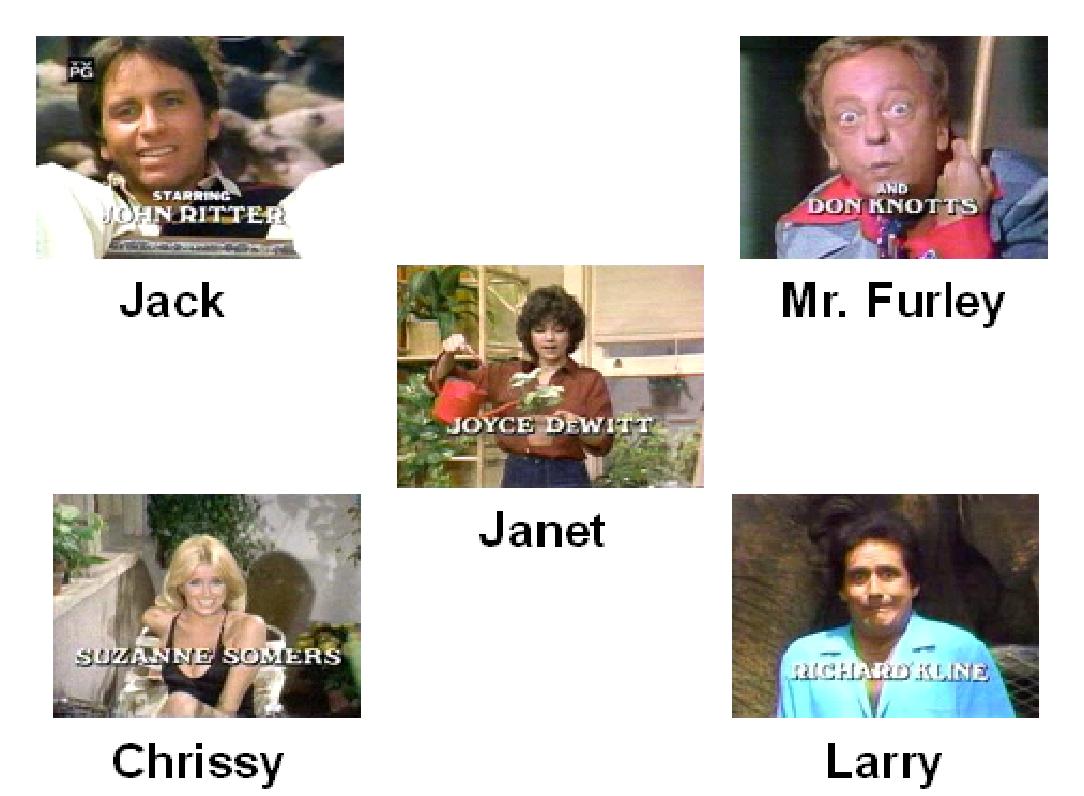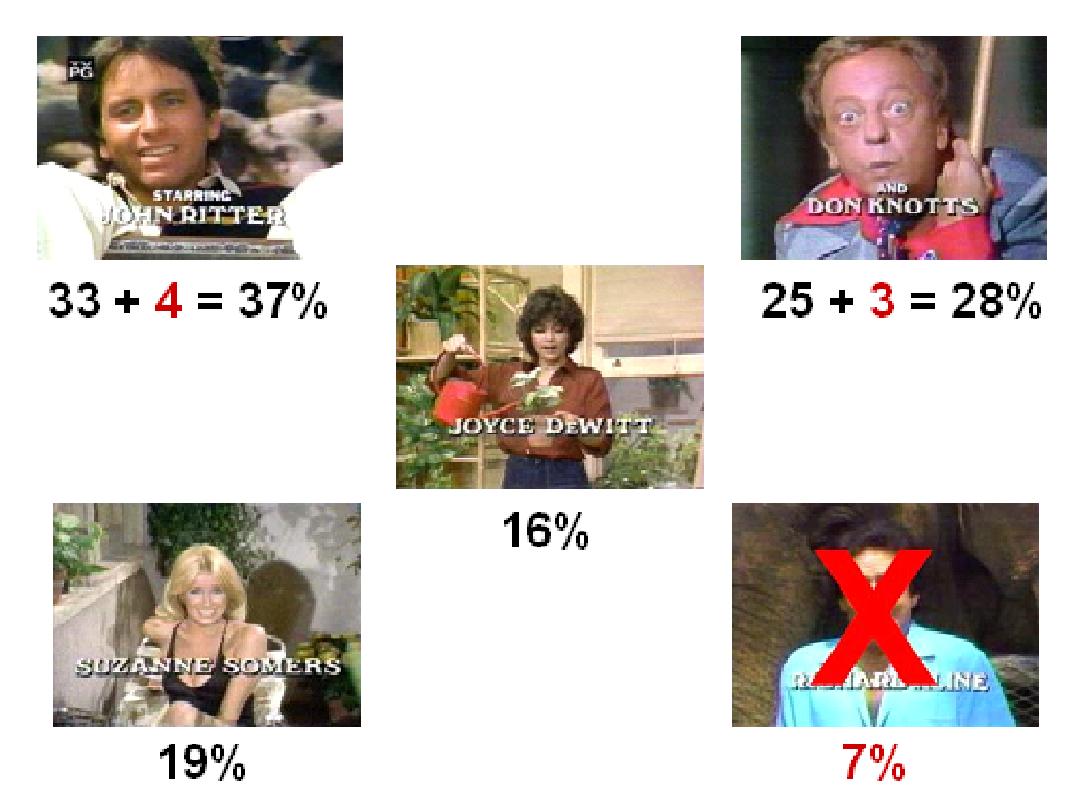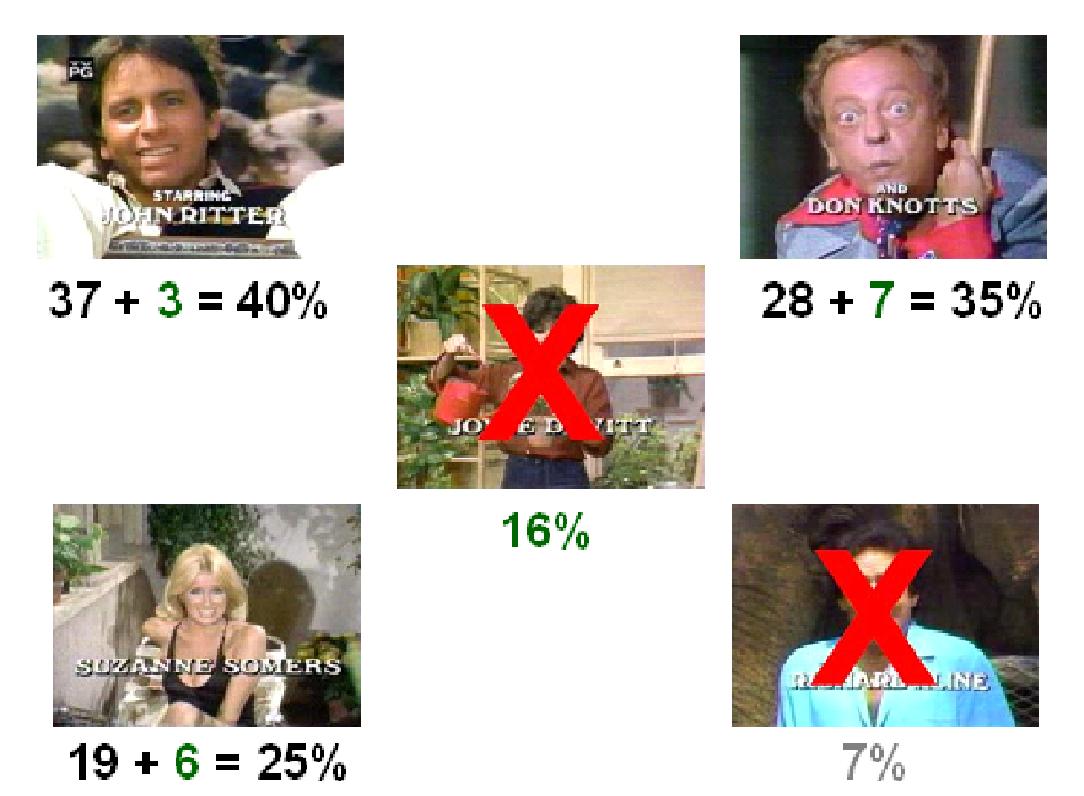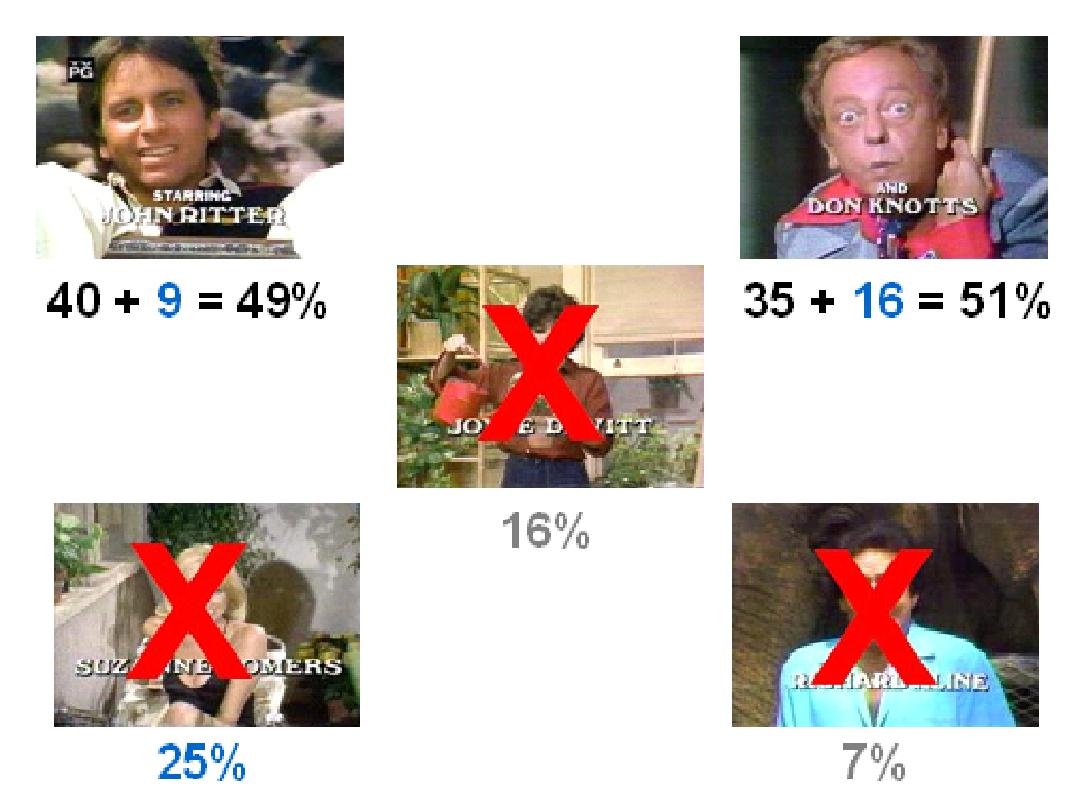- an electoral system that more often than not produces outcomes that misrepresent the actual votes cast in an election.
- mud-slinging and partisan rhetoric dominating political discussion at the expense of mature, civil debate.
- feeling that you are restricted to voting who you think is more likely to get elected, as opposed to voting for who you truly want.
These are some of the criticisms of our first-past-the-post (FPTP) system and are aspects of elections and voting that really turn people off of politics in general and, in my mind, are significant contributors for the fairly high level of political apathy that we see today.
But what if there was a way to improve upon some, or even all, of these more distasteful facets of politics? Wouldn't you think it'd be worth it to even try? Especially given how important an issue this is; this referendum will have a direct impact on how we are governed as a province.
But can BC-STV really have a positive impact on these more unsavoury elements of our current electoral system? Let's take a closer look.
Proportional Representation:
This was the feature of our FPTP system that served as the impetus for the movement toward electoral reform in the first place. One of the most obvious flaws our electoral system is that elections results, with respect to seats won, are not often an accurate reflection of the actual popular vote. In fact, I’d say accurate representation is probably pretty rare.This fact was highlighted during recent elections here in BC:
- such as in 1996 when the NDP won more seats than the Liberals despite the fact that the Liberals won more of the popular vote
- or in 2000, when the Liberals won 97% of the seats in the legislature (77/79 seats) despite winning only 58% of the popular vote
- or the fact that the green party, despite consistently balloting at around 10-15%, never able to get elected to a seat anywhere.
With BC-STV, the percentage of seats that a party wins will, as much as reasonably possible, correspond with the percentage of actual votes that they win in an election. The Republic of Ireland is a good example of this and you can see an illustration of this at the Northern Ireland Elections Website which shows the 2007 election results and even shows past results from the 2003 election right underneath (scroll down a bit).
What you’ll notice about the results is how the number of seats won by a party corresponds fairly well with their percentage share of the vote. It’s even closer if you convert the number of seats won into a percentage of the total seats in the assembly, which is a more appropriate comparison anyway.
So, for example, the DUP won 36 seats which are about 33% of the seats in the assembly; they got 36% of the popular vote. The UUP got 18 seats which works out to be a little under 17% of the seats in the assembly; they won 14.9% of the popular vote.
If you continue on across the table, what you find is that the percentage of seats that a party wins in the assembly only differs from their share of the actual vote by around 2-3 percentage points. That’s quite improvement over the 40% difference that the Liberals achieved in 2001.
More accurate elections results that more accurately reflect the desires of the electorate. What a novel concept.
Political Antagonism:
This is probably the one facet of politics that I dislike the most and if it doesn’t annoy the heck out of you, it should. Political debates should revolve around a mature discussion about the merits of a public policy. If a politician has taken a particular stance on a particular issue, I don’t think it’s unreasonable to expect they be able to defend their position in a rational, mature manner without resorting to partisan rhetoric, mudslinging or character attacks.Unfortunately, this, more often than not, seems to be the default mode for many politicians.
But can switching to BC-STV really discourage this type of infantile behaviour? Apparently, it can to some degree. There was an interesting article in the Washington Post that noted how the overall tone of campaigning had improved with the implementation of Instant run-off voting, the single member version of STV:
“Advocates said the new system has made campaigning more civilized -- candidates don't want to lose out on the chance to be a voter's second or third choice by appearing too negative”
The same thing was noted in a New York Times article covering the same election:
"An early effect has been to introduce a new civility among the candidates, something many San Franciscans have wholeheartedly embraced. Because the winner in each district might be determined by voters' second and third choices, candidates have quickly learned that it is best to be on friendly terms so as not to alienate their opponents' supporters."
This is only one example; but it does give one pause to think.
It actually makes sense if you think about it. In any election where you have more than two candidates running, it’s pretty rare for a candidate to win a majority vote in a single round of voting. So for any one candidate to win a majority under STV, they would have to be a second or third choice for an opposition candidate’s voters. That’s unlikely to happen if you’re constantly slagging your opposition or going overly negative on them. You have to become more respectful in your campaigning. I think that would be a refreshing change for voters.
Voter Choice:
This is just my opinion; but from hearing people talk, this strikes me as being one of the biggest reasons for voter apathy. It’s understandable; it’s hard to get excited about voting if you feel that your vote will just go to waste. But this is in part due to a weakness inherent to the FPTP system, vote splitting.In any election where you have two or more parties of similar political philosophies or policies, you’ll get competition for the same pool of voters, splitting up the collective power of their vote. You can see this happening in our current federal election where the Liberals, NDP and the Green’s are splitting the left of centre vote. This gives an advantage to the Conservative party, who will win the election, not because people really like them, but because the people that dislike them like multiple parties. In fact, because of vote splitting, the Conservatives, or any political party, can win a majority government with only 40% of the popular vote.
What this means is that voters are often left with a choice of voting for not who they truly want, but voting for who they think has the better chance of getting elected (to beat who they dislike). They have to vote against someone as opposed to voting for someone.
BC-STV address this by giving the option for ranking more than one option. So that you can vote for who you truly want, and then rank your alternative choices after that, in case your first choice gets eliminated.
Now I’m not sitting around singing Kumbaya by the campfire with these pie in the sky delusions that simply switching to BC-STV is going to solve all of our grievances with our FPTP system or with politics in general; BC-STV is not a perfect system and never was it claimed to be. But it has been demonstrated to be better and to help improve some of the problems that a lot of us have with our current system. That in itself should be a good enough reason to vote for a change.

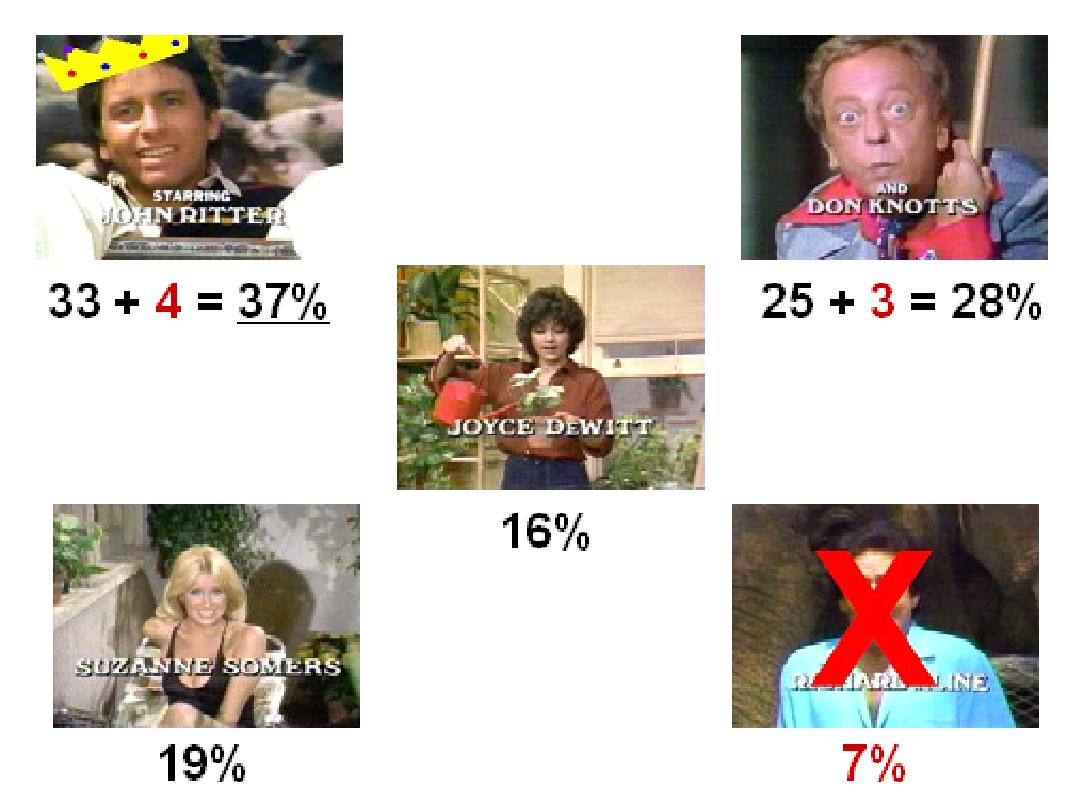
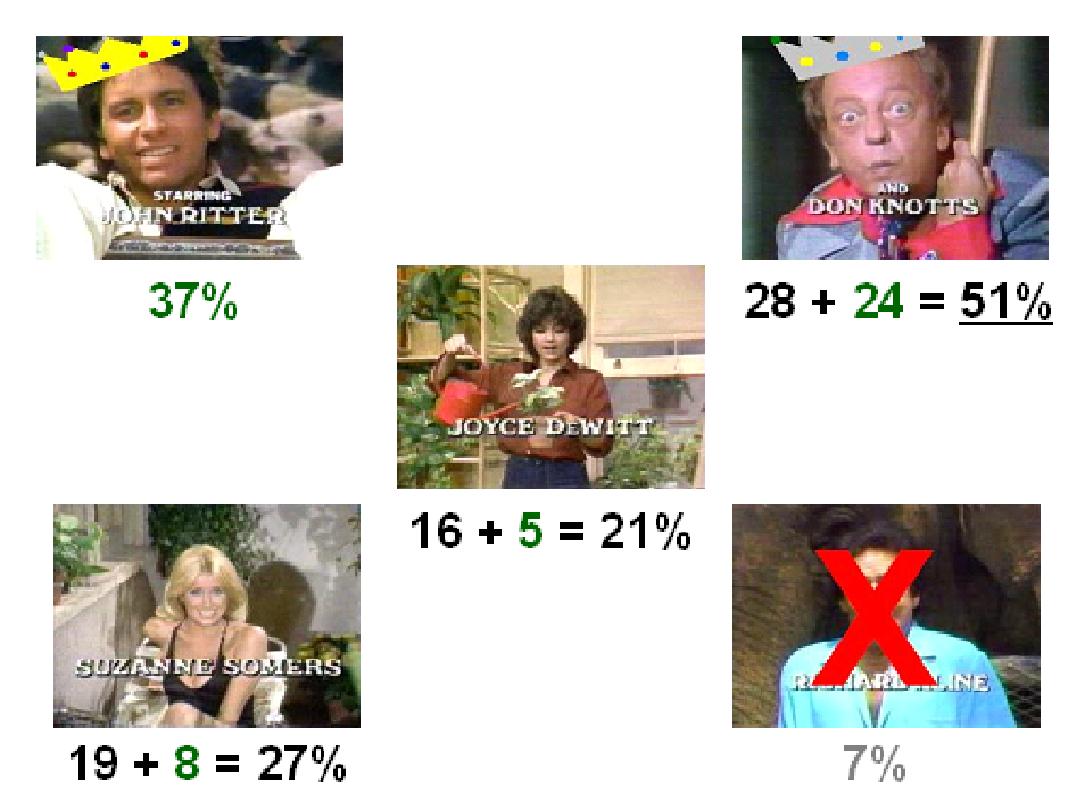

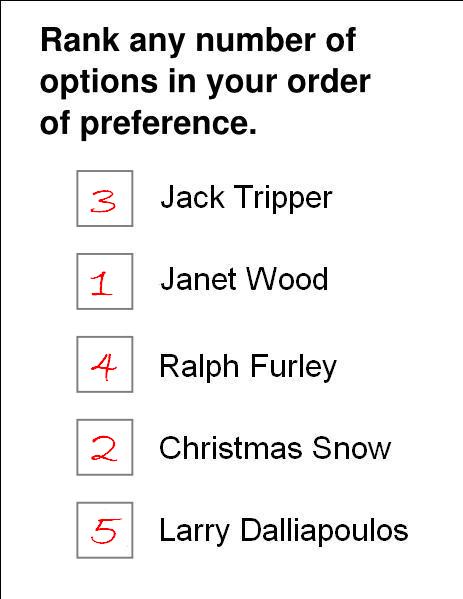 … you can rank all of the choices…
… you can rank all of the choices…
